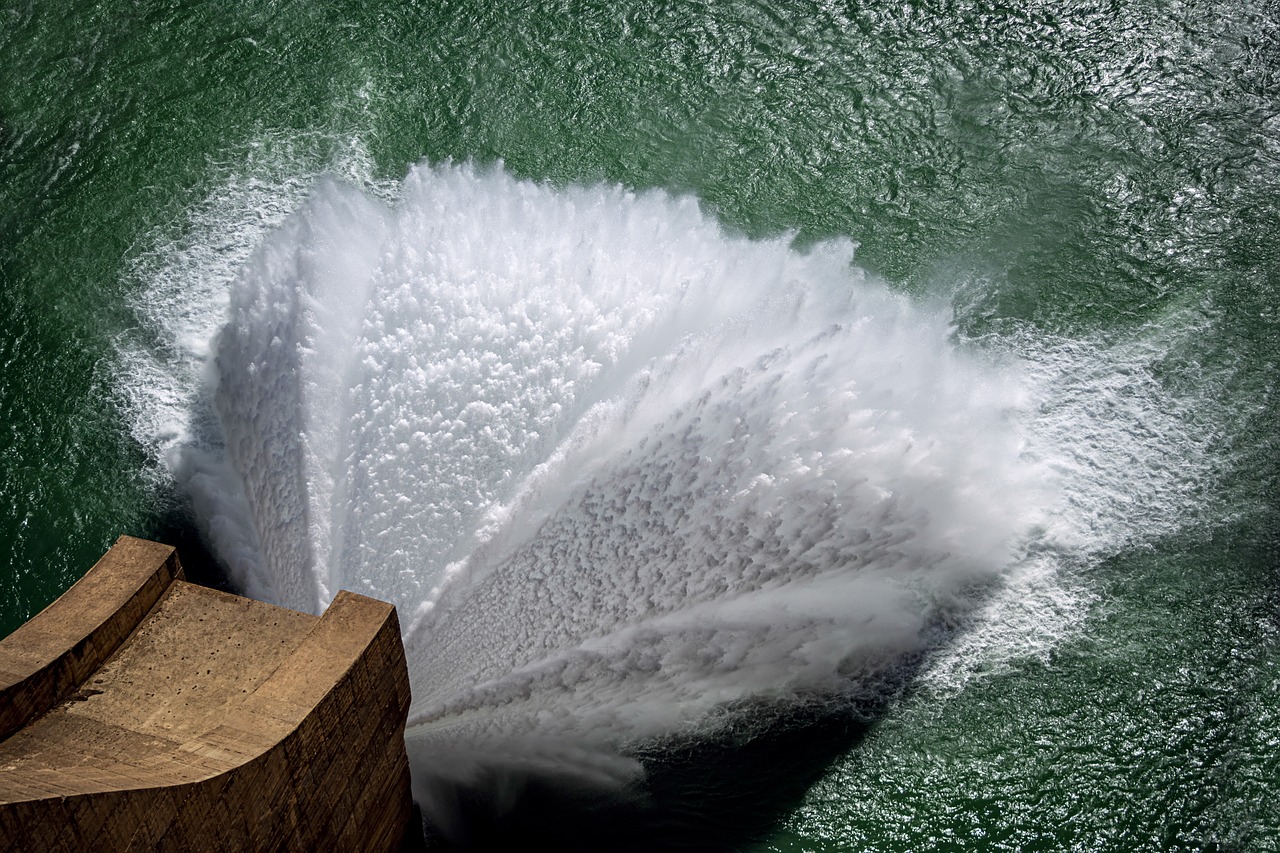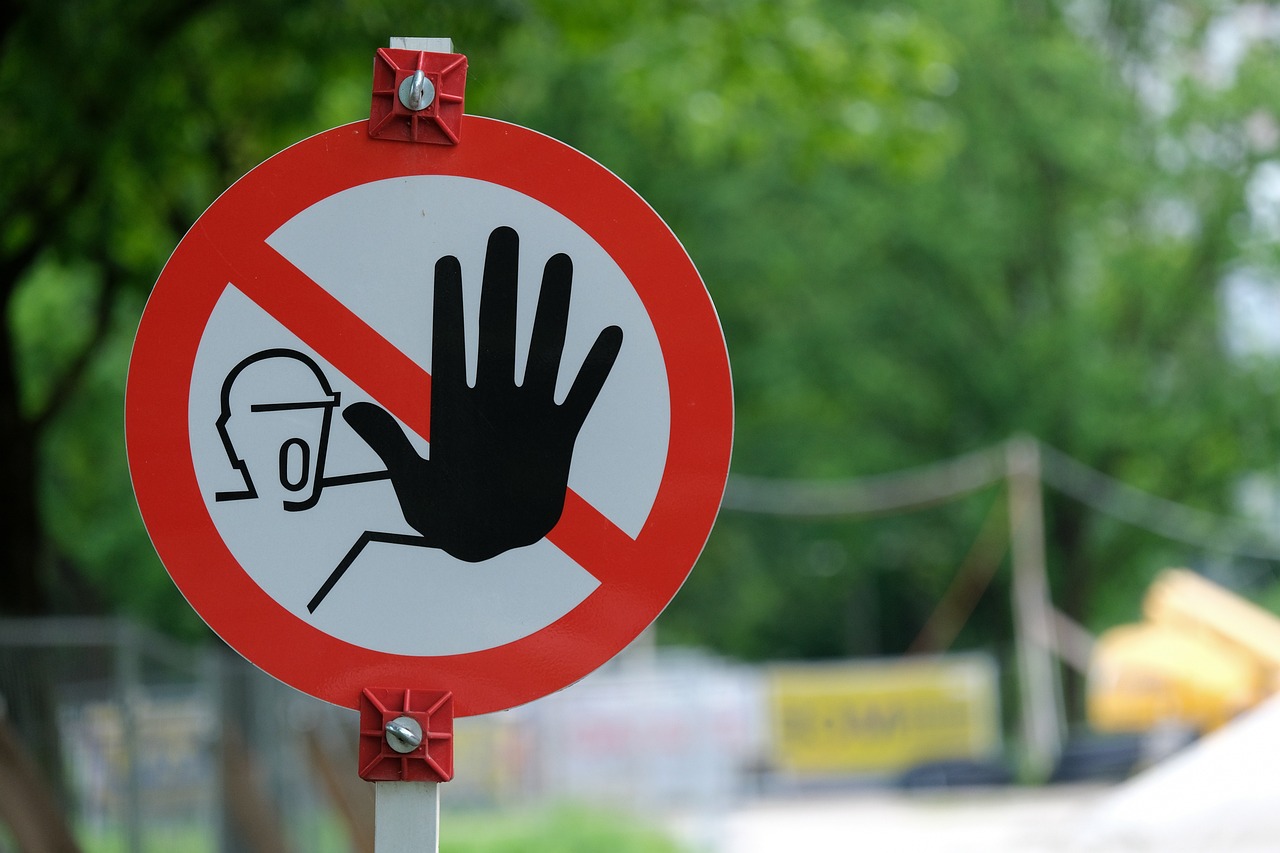Recent health concerns have heightened awareness of the importance of a healthy lifestyle—and a safe, reliable water supply. The Water Quality Association (WQA), a leading authority in water treatment and filtration standards, emphasizes the critical role water quality plays in overall well-being.
Whether it’s the water you drink, cook with, or give your children, ensuring it’s free from harmful contaminants is one of the most impactful steps you can take to protect your family’s health. As more households begin to question what’s actually coming out of their tap, certified home filtration systems have become a key solution.
But Have You Had Your Water Tested Recently?
How much chlorine is in your water? What’s the hardness level? How many dissolved solids? What other toxins might be present—PFAS, lead, nitrates, or even pharmaceutical residues?
It’s your water—you deserve to know what’s in it. And more importantly, you need a filtration system that can reliably remove contaminants and give you peace of mind.
Understanding Your Water Usage
Did you know that 99% of the water used in your home is “working water”—used for chores like laundry, dishwashing, showering, and lawn care? Only 1% is used for drinking, cooking, and making beverages.
That small 1% is where your water quality matters most—because it directly affects your health. That’s why Culligan offers final barrier water treatment systems to improve the safety and quality of your water, no matter the source.
What Is Final Barrier Water Treatment?
“Final barrier” refers to water treatment installed at either the point where water enters your home (point-of-entry) or at the location where it’s consumed (point-of-use). These solutions include:
-
Under-sink reverse osmosis systems
-
WQA-certified filtration units
For everyday convenience, there are also pitchers, faucet-mounted filters, and refrigerator units—but more advanced options like reverse osmosis systems deliver far more comprehensive protection.
Why Final Barrier is Important
Even if your tap water meets EPA Safe Drinking Water Standards at the treatment facility, it can still become compromised by the time it reaches your home. Contaminants such as PFAS chemicals, chlorine byproducts, pesticides, lead, nitrates, and even microplastics can enter through aging pipes, environmental runoff, or household plumbing.
A final barrier water system—whether it’s a Culligan PFAs whole house filter, a reverse osmosis system, or a certified under-sink unit—acts as your last line of defense. It ensures your family’s water is filtered right before use, reducing risks and improving taste and odor.

Know Your Water, Choose the Right Filter
Most Public Service Districts post annual water quality reports online—but those only tell part of the story. For a complete and accurate picture of what’s in your home’s water, schedule a free in-home test with Culligan of the Low Country.
We’ll assess factors like hardness, chlorine, and contaminants such as PFAS or arsenic, then recommend a WQA-certified system tailored to your needs.
Take Action Today
To learn more about PFAS filtration, home water treatment systems, or how a final barrier solution can protect your tap water, contact Culligan of the Low Country. Schedule your free in-home consultation and let our experts help you choose the right system for your water and your home.
Disclaimer: Contaminants may not be present in your water.
Chris Lane is the owner of Culligan Water of the Low Country, serving over 8,000 homes and businesses in Beaufort, Jasper, and Hampton Counties.
Frequently Asked Questions
What is a final barrier water filtration system and how does it help?
A Final Barrier water system is typically installed at the point where water enters your home or right where it’s used—like under the kitchen sink. It helps reduce exposure to contaminants that can be picked up through plumbing or aging infrastructure. Many homeowners explore this option to address concerns about PFAS, chlorine, or other substances that may still be present even after municipal treatment.
What are some ways to reduce PFAS in my home’s water?
Reverse osmosis systems are one of the more commonly recommended options for reducing PFAS in drinking water. Culligan of the Low Country offers systems that are tested and certified by the WQA for contaminant reduction. If you’re unsure whether PFAS are present in your water, a home test may help determine next steps.
How do I know if I need a whole house filter or just a drinking water system?
That often depends on your water source, the specific contaminants you’re concerned about, and how much of your home’s water you want to treat. A whole house system may be useful for addressing issues like hard water or chlorine at every tap, while an under-sink system is more focused on drinking and cooking water. Culligan specialists typically offer testing to help guide that decision.

